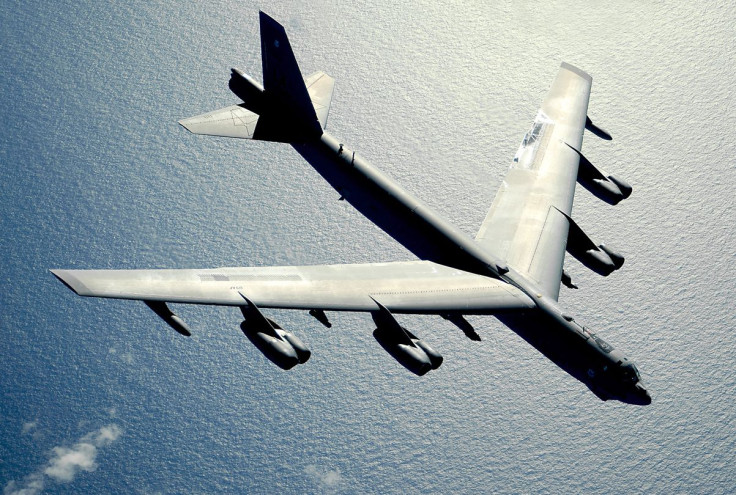US Air Force Tests Its Newest Fully Operational Hypersonic AGM-183A Weapon
KEY POINTS
- Development of hypersonic weapons is a key priority for the defense department
- Both China and Russia have been developing new hypersonic weapon systems
- China has particularly focused on accelerating the modernization and expansion of its military forces
Seven months after its first successful flight test, the Air Force on Friday conducted the first end-to-end trial of its newest hypersonic AGM-183A Air-launched Rapid Response Weapon (ARRW) using a fully operational prototype missile.
A B-52H Stratofortress successfully released the first All-Up-Round (AUR) AGM-183A ARRW off the Southern California coast on Dec. 9, the Air Force said Monday.
The missile prototype reached hypersonic speeds greater than five times the speed of sound, completed its flight path, and detonated in the terminal area, the release said, adding that all objectives of the test were met. In May, the Air Force conducted tests evaluating the missile's booster performance.
"The ARRW team successfully designed and tested an air-launched hypersonic missile in five years," said Brig. Gen. Jason Bartolomei, Armament Directorate Program Executive Officer, was quoted in the release.
"I am immensely proud of the tenacity and dedication this team has shown to provide a vital capability to our warfighter," he added.
According to the Air Force release, ARRW is designed to enable the U.S. to hold fixed, high-value, time-sensitive targets at risk in contested environments.
Hypersonic weapons travel at speeds of at least Mach 5 and offer highly maneuverable features such as changing paths during flight. Although ballistic missiles can also travel at hypersonic speeds they have set trajectories.
Although technical details known about the ARRW are limited due to obvious security reasons, the weapon is billed as an "air-launched hypersonic glide vehicle prototype capable of traveling at average speeds of between Mach 6.5 and Mach 8 at a range of approximately 1,000 miles," according to the Congressional Research Service.
Given the growing tensions with Russia and China, the development of hypersonic weapons has been a key priority for the defense department.
However, the successful launch of the missile prototype Friday comes after several failed attempts to boost the performance test conducted in May.
Apart from the U.S., China and Russia have been developing new hypersonic weapon systems. In recent years, China has particularly focused on accelerating the modernization and expansion of its military forces apart from developing nuclear, space and cyberspace capabilities.
Beijing's focus has also been on enhancing its deterrent capabilities and at the same time pushing forward with an ambitious expansionist narrative in the South China Sea region.
As reported on Dec. 1, the Pentagon in its latest China Military Power Report has said that the nuclear-capable hypersonic weapon test conducted by China in July 2021 traveled much longer in distance and time than any Chinese land attack weapons system to date, coming close enough to its target.

© Copyright IBTimes 2024. All rights reserved.





















